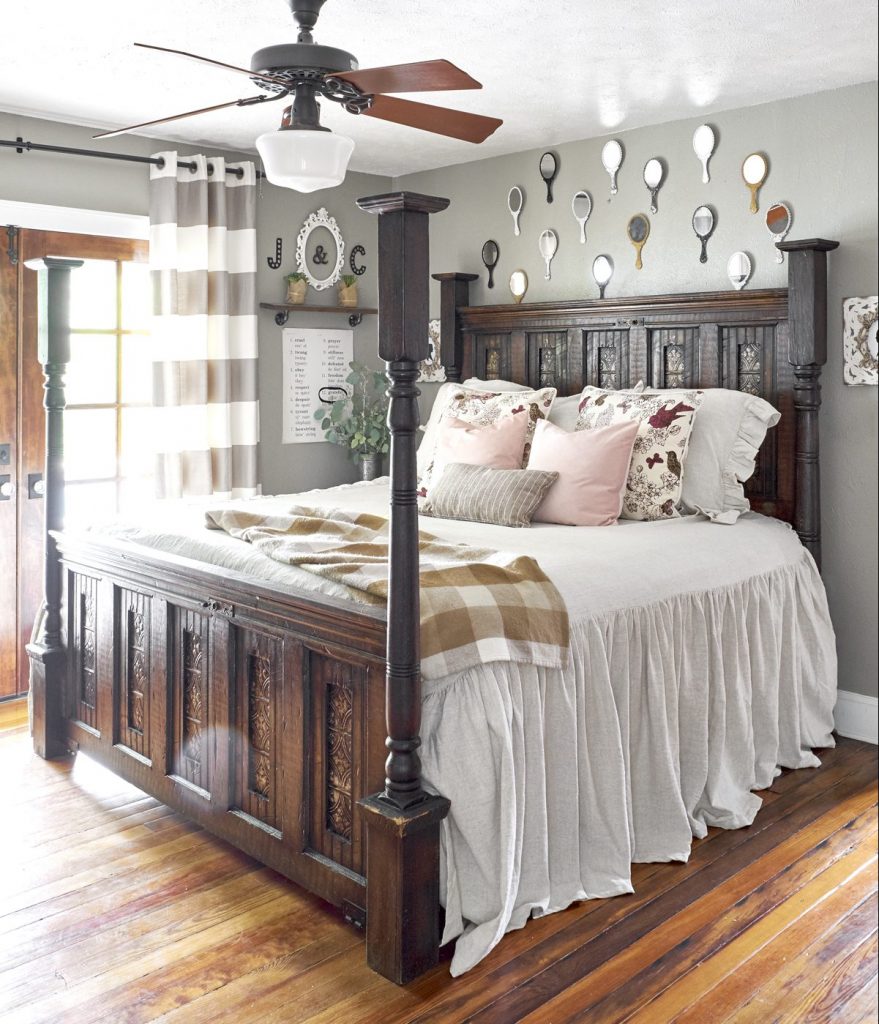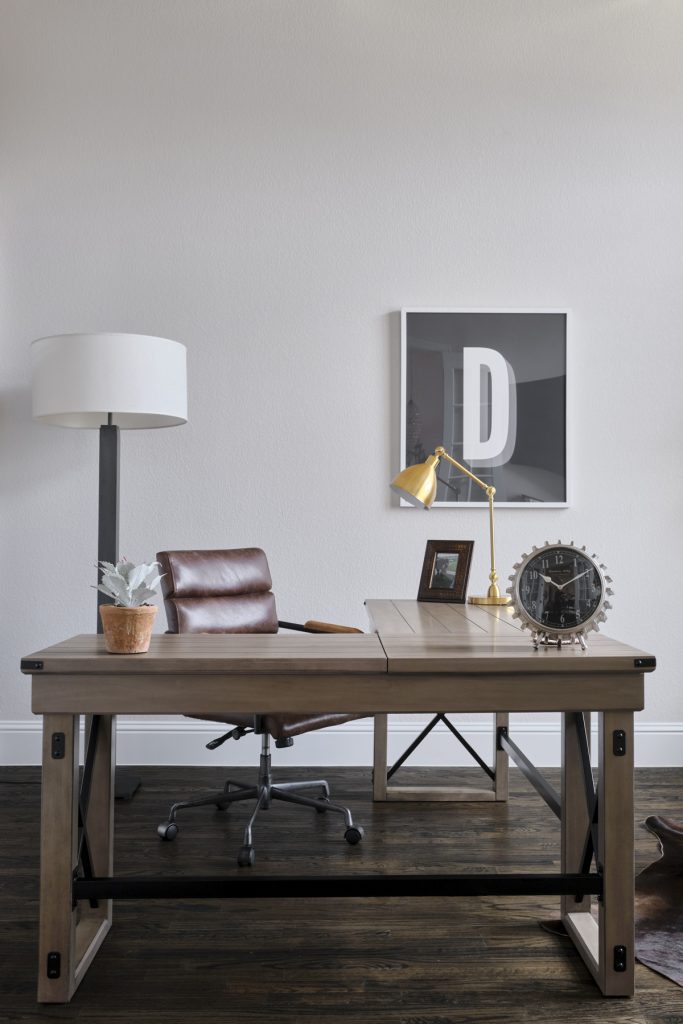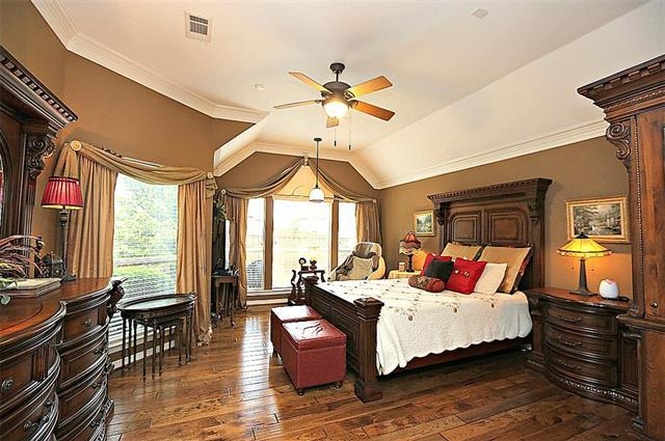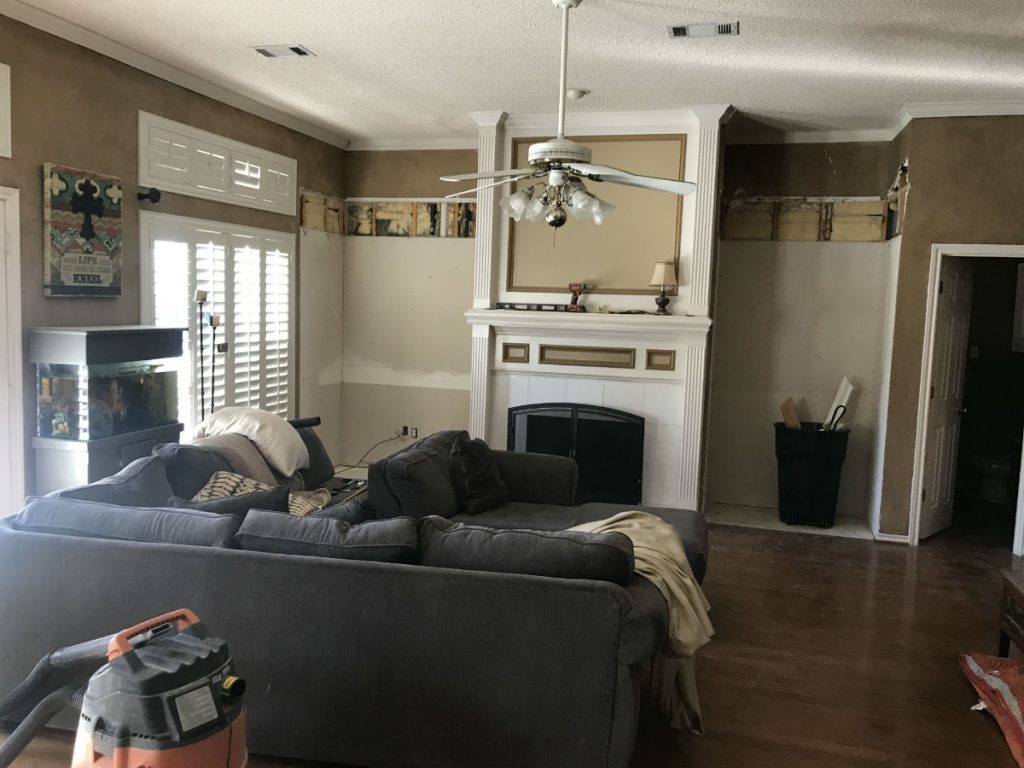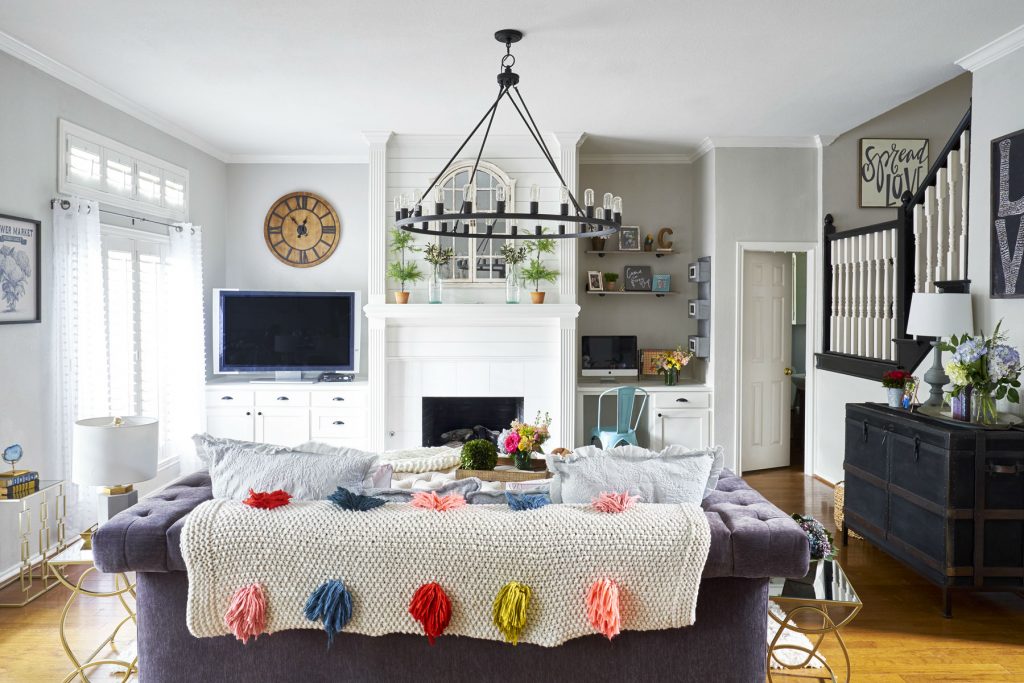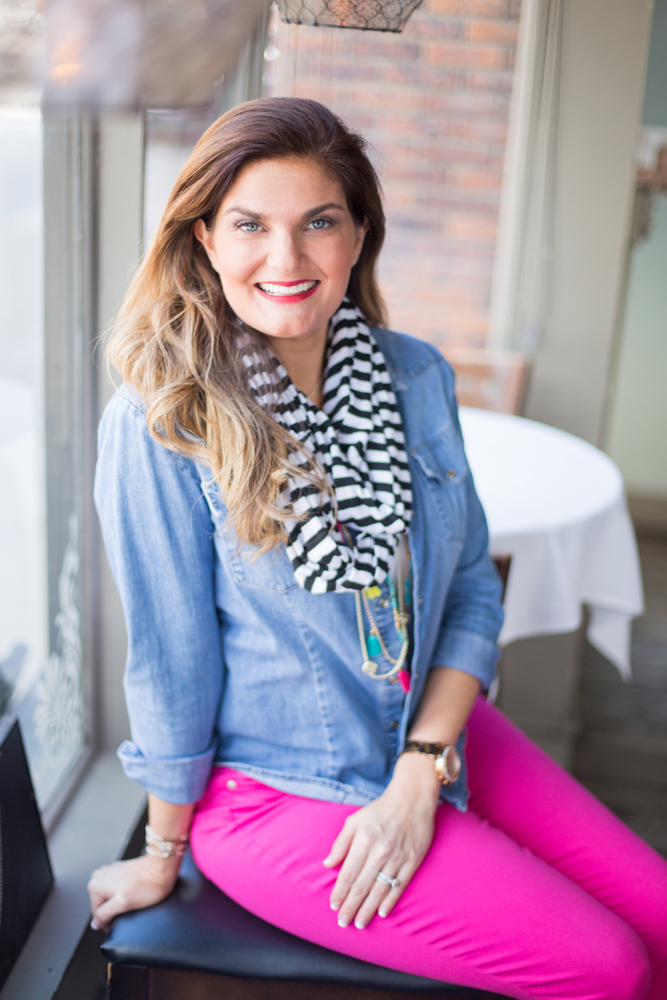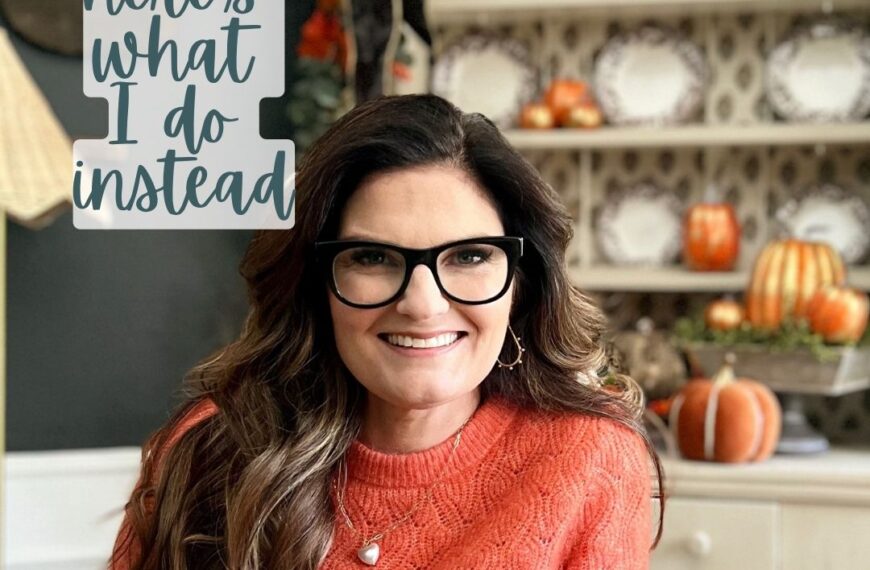Courtney Warren is a Texas-based interior designer whose work has been featured in Real Simple, Better Homes & Gardens, Good Housekeeping, Apartment Therapy, and Today.com. She is a frequent consultant on Fox 4 TV’s Good Day program in Dallas, was ranked in the top 3 percent of interior designers in the US by Houzz.com, and starred in the Dallas episode of TLC’sFour Houses. She delights in helping overwhelmed clients create beautiful spaces—and will never turn down a warm chocolate chip cookie or Diet Dr Pepper.
Shop the projects
My Go-To design accessories
4 No Fail Paint Colors
4 No Fail Paint Colors. I’m sharing a few of my tried-and-true gray paint colors that I use again and again for myself and my design clients. I cover why lighting and undertones can make or break your choice, what “greige” actually means, and how to test colors the right way before committing. Whether you’re updating one room or your whole house, these no-fail shades (like Agreeable Gray and Repose Gray) are solid options that won’t leave you second-guessing.
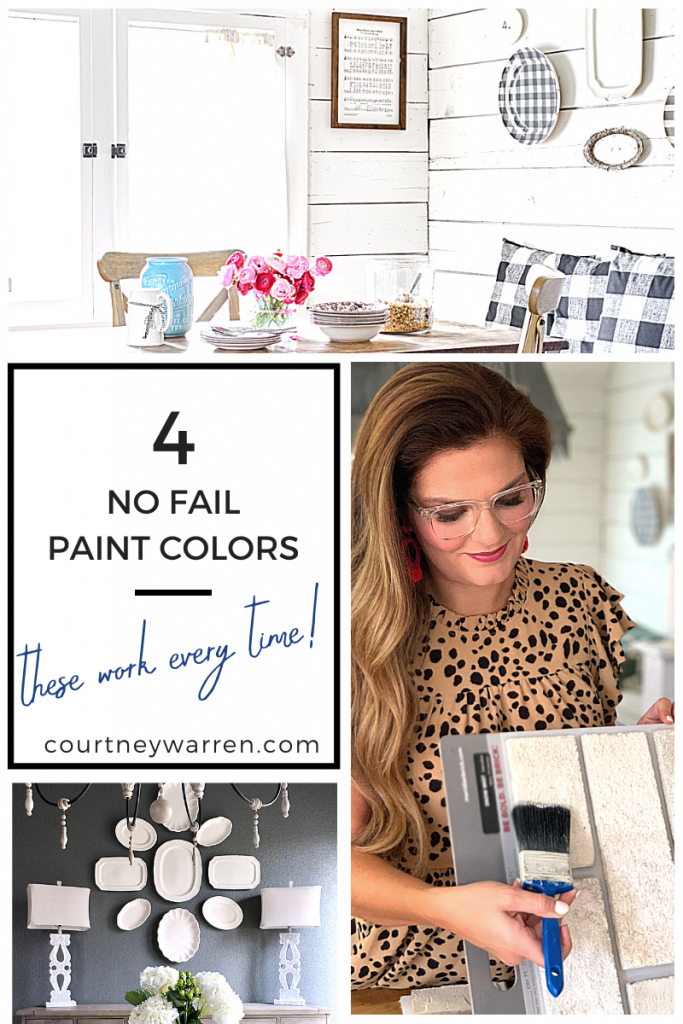 When it comes to picking paint colors for your home, are you feeling the need for some HELP??
When it comes to picking paint colors for your home, are you feeling the need for some HELP??
When we’re looking for the best neutral paint colors, what is it about standing in front of that paint chip display that unhinges us?
Sooooo many choices!
“I don’t really know what I like…”
“Gee, I know what I like but is it on trend…?”
“Hey, I know what’s trending, but that’s not really what I like!”
“Um, I know what I like, but will it go with the other stuff I like?”
“What if I pick what I like, but it doesn’t turn out like I think it will?”
”And what exactly is GREIGE, anyway??”
Uh oh..
When we finally get home with our paint chips (all 58 of them), we realize how DIFFERENT they look now in our home’s light! Whoa! That one that looked sandy beige in the store is greeny gold at home. The one we thought was the perfect gray now looks purple!
What is going on??
I’m here to help you unlock the mysteries of paint choices! And also to share some of my go-to colors–the ones I’ve used again and again in my own homes and those I’ve helped my design clients pick. Today I want to focus on some favorite GRAYS.
Why is gray paint so popular? Gray paints have taken the decorating world by storm because of their compatibility with so many other colors. From a soft neutral background to a deep, moody wow factor in your rooms, gray paint does it all. It can either take center stage as a star or sit quietly applauding the other lovely features of your room.
In my homes and also my design work, I tend to use warmer grays that won’t look cold or sterile. What is a good gray paint color? Here are some of my gray rockstars.
I’ve lost count of the number of rooms where I’ve used Sherwin Williams’ Agreeable Gray–including our master bedroom. In my opinion, it is a perfect warm neutral, and its popularity confirms my estimate. Because it falls in that “greige” range of grays, it pairs well with almost any scheme. Depending on your lighting and/or time of day, it can read grayer or more beige.
Which white?
By the way, I get asked a lot about trim color for gray, and especially Agreeable Gray, since I use it so much. In my bedroom here, I used Alabaster, another great Sherwin Williams color. I find it a perfect white–soft, just the right amount of creaminess so that it’s not too stark with any grey or greige. I also love to use Sherwin Williams Pure White. A whiter white than Alabaster, it’s a stunner for trimwork. ALWAYS look at your trim color with your wall color to see if they’re compatible. You don’t want a very warm yellowy-white trim with a cool grey wall.
Agreeable Gray’s Light Reflective Value is 60, which means it reflects slightly more light than it absorbs. You can check your paint card for LRV, which is a scale from 0 (deepest black, absorbing all light) to 100 (whitest white, reflecting all light). In a room with lots of windows, for example, you could use a lower LRV paint without sucking all the light out of the room. In a less well-lighted room, even a higher LRV paint will look darker than it would in a brightly lit room. So consider your lighting as you pick colors.
This reminds me to URGE you not to pick your wall colors strictly from your paint chip. Once you determine your A-list of several choices, you MUST paint them onto posterboard, hang them in the room or rooms you’re painting, and LIVE with them for a few days. Are the undertones too yellow? Maybe too blue or cold looking? A bit greenish? Or pink? (we’re not going for that nice blush pink here.)
Lighting is everything!
How does it look in the morning? In the evening? By lamplight? With your existing furniture? Woe be to the homeowner who picks paint from a chip just as the painter arrives! Lo, he shall live to regret it! When the room is done but it’s not the color at all that you imagined, you will wish you had tested your colors on a larger scale and for a longer time! Trust me on this. See my blog on picking paint color.
Another Sherwin Williams color I have used extensively is Repose Gray.
With an LRV of 58, Repose Gray is just a tiny bit darker than Agreeable Gray, a hardly noticeable difference. The good thing is, it’s light enough to use for a whole house, but has enough depth to provide a nice contrast with white woodwork. While still a warm gray, Repose Gray does read little cooler than Agreeable Gray, and has a little bluer/greener undertone. In some light it could tend a bit toward blue-gray. I have used Repose Gray LOTS of places and it’s a knockout neutral. Use it in a single room, use it for your kitchen cabinets or other built-ins. It’s a calm and versatile color. Again, choose your gray (or any) color using larger swatches–viewed in the room–at all times of day!
Another favorite gray that I’ve used and recommended is Sherwin Williams Intellectual Gray. At about 36 LRV, indoors this gray is a tad deeper and more moody. In a well-lighted room, it’s robust and versatile. And because of its taupey-greenish-brown undertones, it’s a standout exterior color, too.
I also like to use and recommend Sherwin Williams Mindful Gray. The question I often field from clients: Is Mindful Gray warm or cool? Many designers and bloggers think that Sherwin Williams’ Mindful Gray is a nearly perfect warm neutral gray with very few obvious undertones, maybe just the tiniest bit of blue in some light. At 48 LRV, it sits right at midtone, not too light and not too dark.
I think Sherwin Williams’ vast, beautiful palette of grays and greiges offer so many options for every application. Many of their neutrals have become designer go-to’s.
Something I love about gray and greige is how well they work with wood tones. Wood warms up what could be a coldness to pure gray. Wood brings in character, texture, and contrast. Contrast can really be your friend when using grays in your home: light gray cabinets with darker wood floors, for example. Or dark rich gray with light woods. A section of wood countertop for accent on a grey painted island.
And of course bringing in some bright pops of color can really start the magic happening! See my YouTube feature on painted accent walls.
Coming out of the 90’s
Many homeowners are now transitioning from browny beige 90’s interiors–and gray/greige paint colors are the perfect way to move towards that. Just look at what banishing brown in favor of grays did for my client’s bedroom.
For another client, new pale grey paint over the brown-y beige walls definitely brought in as much light as taking down walls did.
Inspired to think about an update plan for your spaces? I’ve got a ton of ideas to help you bring your home into the 21st century–and some of them involve gray and greige paint! Let’s work together to lighten, brighten, refresh and invigorate your interiors in 2020! I offer both full design and guided DIY options. Let’s talk!
Free phone call!
Email me to book a call time!
In the meantime, catch other great design tips on my YouTube channel, Real Life Design with Courtney Warren!

Do you want up your design skills?
Is your favorite style now out of date?
Find out here…
Other people are reading…
3 Christmas Table Settings to Try This Holiday Season
Christmas table settings are one of my favorite parts of the season. There’s just something about mixing pretty plates, cozy fabrics, and a few details that makes everything feel extra…
How to decorate without a mantle
How to Decorate for the Holidays Without a Mantle When the holidays roll around, most people picture a cozy mantle lined with stockings and garland. But what if you are…
Don’t do Ralph Lauren Christmas Decor Without This
The Signature Ralph Lauren Christmas Look Fox4 Good Day is having me on in the 9:00 AM hour to discuss the Ralph Lauren Christmas decor trend. I imagine it might…
5 Holiday Decor Storage Mistakes You’re Probably Making
5 Holiday Decor Storage Mistakes You’re Probably Making The best time to plant a tree? 20 years ago. The 2nd best time? Today. The best time to organize your storage bins…
